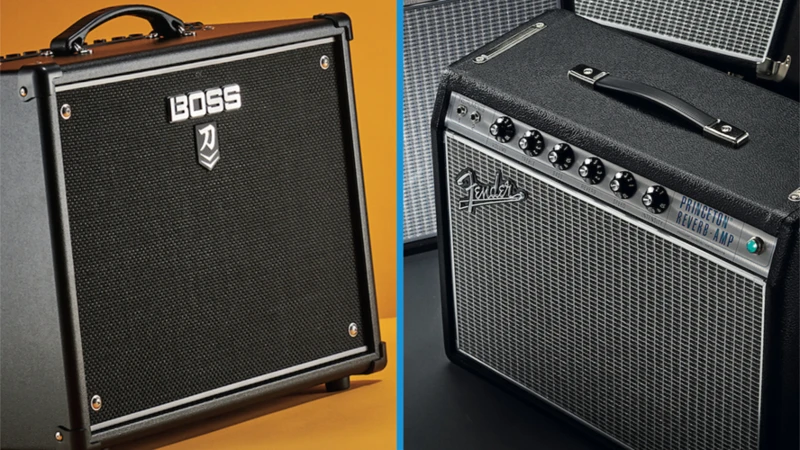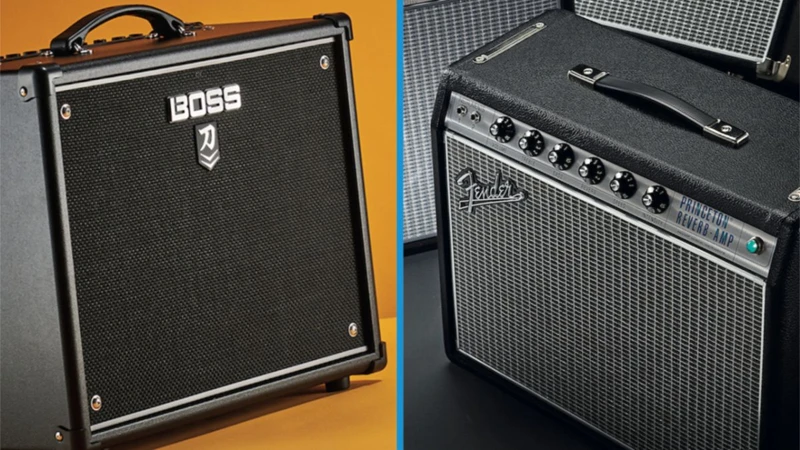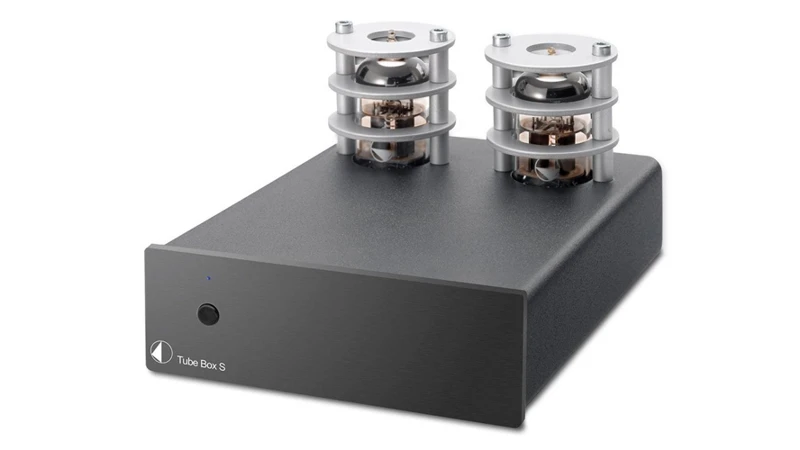When it comes to audio amplification, there are two main types of amplifiers that are commonly used: solid state and tube amplifiers. Both of these types of amplifiers have their own unique advantages and disadvantages, and the right choice for you will depend on your specific needs and preferences. In this blog post, we will take a closer look at solid state and tube amplifiers, and compare and contrast their key features and characteristics.
Solid State Amplifiers
Solid state amplifiers are electronic amplifiers that use solid state devices, such as transistors, to amplify audio signals. These amplifiers are generally more compact, lighter, and more reliable than tube amplifiers, and they also tend to be less expensive. Solid state amplifiers are also known for their clean, clear, and detailed sound, and they are often used in professional audio applications.
Advantages of Solid State Amplifiers
One of the main advantages of solid state amplifiers is their reliability. Because they do not have any vacuum tubes that can burn out or fail, solid state amplifiers are less prone to breakdowns and malfunctions. They are also generally more compact and lightweight than tube amplifiers, making them easier to transport and set up. Additionally, solid state amplifiers tend to be less expensive than tube amplifiers, which can make them a more attractive option for budget-conscious consumers.
Disadvantages of Solid State Amplifiers
One of the main disadvantages of solid state amplifiers is that they can sometimes produce a harsh or sterile sound. This is because solid state devices do not have the same natural warmth and character as vacuum tubes. Additionally, solid state amplifiers can sometimes produce a phenomenon called “transistor distortion,” which can cause the sound to become distorted or fuzzy at high volumes.
Tube Amplifiers
Tube amplifiers, also known as vacuum tube amplifiers, are electronic amplifiers that use vacuum tubes to amplify audio signals. These amplifiers are known for their warm, rich, and natural sound, and they are often favored by audiophiles and musicians. Tube amplifiers tend to be larger, heavier, and more expensive than solid state amplifiers, and they also require more maintenance.
Advantages of Tube Amplifiers
One of the main advantages of tube amplifiers is their warm, rich, and natural sound. This is because vacuum tubes have a unique way of amplifying audio signals that gives them a natural warmth and character that is difficult to replicate with solid state devices. Additionally, tube amplifiers tend to be more forgiving of lower quality recordings, and they can often make even mediocre recordings sound better.
Disadvantages of Tube Amplifiers
One of the main disadvantages of tube amplifiers is their size, weight, and cost. Tube amplifiers tend to be larger, heavier, and more expensive than solid state amplifiers, which can make them more difficult to transport and set up. Additionally, tube amplifiers require more maintenance than solid state amplifiers, as the vacuum tubes will need to be replaced periodically.
Solid State vs Tube Amplifiers: Which is Right for You?
When it comes to choosing between solid state and tube amplifiers, there are a few key factors to consider. If you are looking for a reliable, compact, and affordable amplifier that produces a clean, clear, and detailed sound, then a solid state amplifier may be the right choice for you. On the other hand, if you are looking for a warm, rich, and natural sound that is forgiving of lower quality recordings, then a tube amplifier may be the better option.
Interested in exploring different types of electric country guitars? Check out our articles on semi vs solid electric country guitars, acoustic vs electric pros and cons for country guitars, semi-hollow vs hollow guitars, and vintage vs modern electric country guitars for a comprehensive look at the options available in the world of country music!
Conclusion
In conclusion, both solid state and tube amplifiers have their own unique advantages and disadvantages. Solid state amplifiers are generally more reliable, compact, and affordable, while tube amplifiers are known for their warm, rich, and natural sound. The right choice for you will depend on your specific needs and preferences, so it is important to carefully consider your options before making a decision.




